Linden: [Characteristics, Planting, Care, Irrigation and More]
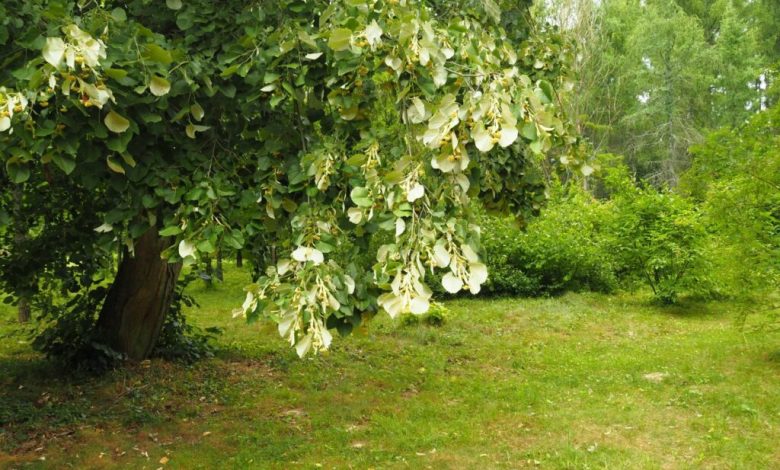
In this article you will learn many things about the linden or tilia. You will know in what conditions this wonderful tree grows, as well as what its main characteristics and irrigation or substrate needs are.
Tilia is a genus of about 30 species of trees or shrubs, native to most of the temperate Northern Hemisphere. The tree is known as linden for European species, and linden for North American species.
In Britain and Ireland they are commonly called lime trees, although they are not related to the tree that produces the citrus lime.
The genus is present in Europe and eastern North America, but the greatest diversity of species is found in Asia.

Linden Characteristics
- Botanical name: Tilia cordata.
- Common Name: Little- leaved Linden, Little-leaved Linden.
- Plant type: Deciduous tree.
- Adult size: 15 to 25 meters high and 6 to 15 meters wide.
- Sun exposure: Full sun to medium sun.
- Soil Type: Rich, well-drained soil, adaptable to clay. Calcareous / alkaline / clayey / heavy / humid / well drained / light / sandy.
- Soil pH: Acidic, alkaline, neutral.
- Type of flowering: From May to July.
- Flower color: Lime yellow.
- Hardiness zones: 4, 5, 6, 7.
- Native area: Western Asia and Europe.
Under Cronquist’s classification system, this genus was placed in the family Tiliaceae, but genetic investigations summarized by the Angiosperm Phylogeny Group have resulted in the incorporation of this genus, and most of the earlier family, to the Malvaceae.
Tilia species are mostly large, deciduous trees, usually 20 to 40 m tall, with oblique-cordate leaves 6 to 20 cm wide.
As in the case of elms, the exact number of species is uncertain, since many of them can easily hybridize, both in nature and in cultivation.
They are hermaphrodites, with perfect flowers with male and female parts, pollinated by insects.

The log
The sturdy trunk of the Tilia stands like a pillar and the branches divide and subdivide into numerous ramifications in which the twigs are thin and thick.
In summer, these are profusely covered with large leaves and the result is a dense head of abundant foliage.
Leaves
The leaves of all Tilia species are heart-shaped and most are asymmetrical.
The small, pea -like fruits hang attached to a ribbon-shaped greenish-yellow bract whose ostensible purpose is to launch the ripe seed clusters just beyond the parent tree.
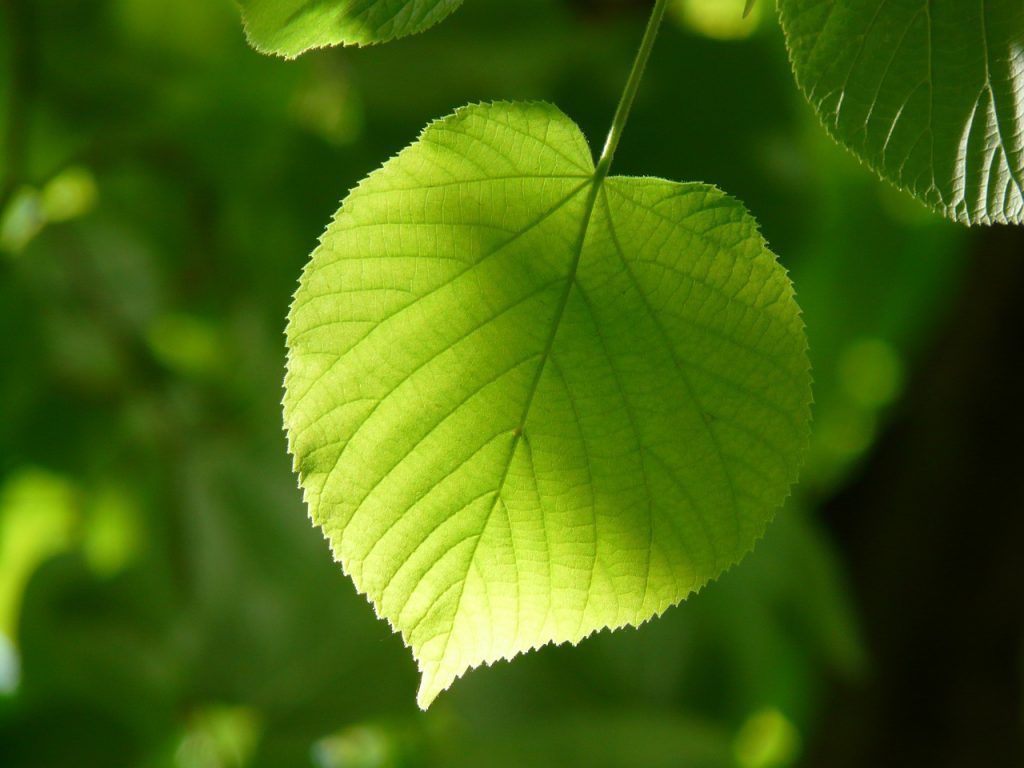
Flowers
The flowers of the European and American Tilia species are similar, except that the American ones bear a petal-shaped scale between their stamens and the European varieties lack these appendages.
All Tilia species can be reproduced by cuttings and grafting, as well as by seed.
They grow rapidly in rich soils, but are subject to attack by many insects.
seed propagation
Tilia is notoriously difficult to propagate from seed, unless picked fresh in the fall. If allowed to dry out, the seeds go into a deep dormancy and take 18 months to germinate.
In particular, aphids are attracted to the rich supply of sap, and in turn are often «farmed» by the ants for the production of the sap, which the ants collect for their own use, and the result can be often a trickle of excess sap on lower branches and leaves, and anything else below.
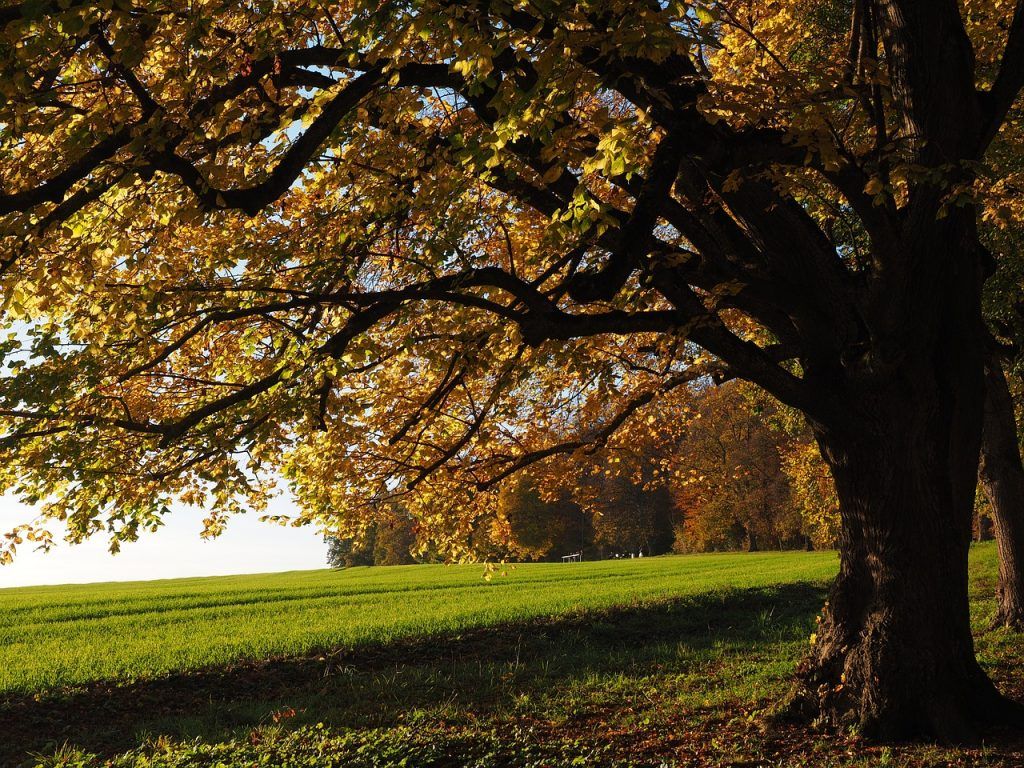
Cars left under trees can quickly become covered in a film of syrup («molasses») dropped from above.
The ant/aphid «cultivation» process does not appear to cause any serious harm to trees.
Care that the linden requires
Light
Littleleaf linden thrives in full sun, but will grow in partial shade where it can receive direct sunlight for two to six hours a day.

I usually
Establish littleleaf linden in rich, well-drained soil. Mix organic matter. Although it thrives best in moist, fertile soil, it can adapt to many soil conditions, including clay.
Fertilize in early spring to promote healthy growth and resistance to insects and disease.
To water
Water this drought tolerant tree a medium amount. Water the seeds twice a week during the spring, then reduce watering to once a week. In their early days, these trees only needed to be watered during droughts.

Pruning
Landscapers like this particular linden because it requires no pruning, yet can be easily pruned to form a hedge or screen. Once properly established it will grow up to 30cm per year.
Linden can also be planted as a bonsai.
How to plant a linden?
Growing a linden tree from seed can be done outside in the fall.
The linden is a shade tree that can reach up to 30 meters in height. This tree requires a lot of intensive care once it reaches maturity. The seeds can be collected from the ground around an existing lime tree or purchased from a nursery.
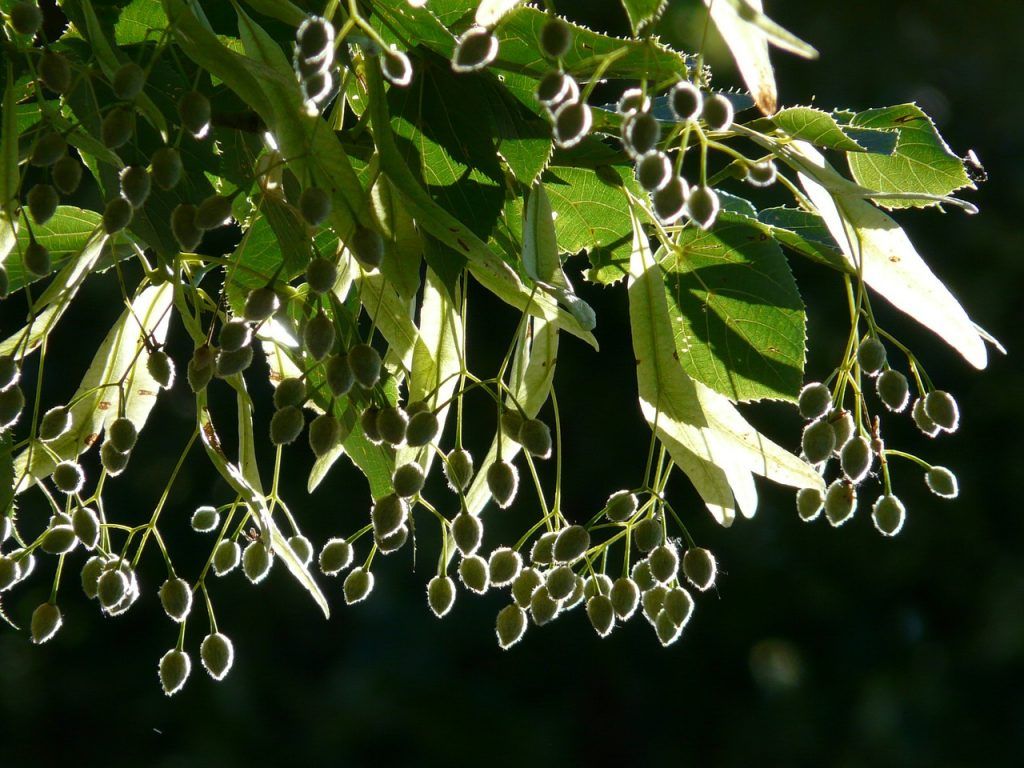
plant the seeds
Although we have said before, it is difficult to sow the linden using seeds.
Linden seeds, which look like small peas, fall from the tree before winter.
Plant the seeds in October or November in well-drained, organically mulched soil.
Choose a sunny spot in your garden.
Avoid growing the seeds indoors, as they need cooler temperatures to germinate.

Plant the linden from a seedling
- Choose a position with well-drained soil. Enrich the soil with substrate and/or compost.
Dig the planting hole twice as wide and to the same depth as the root ball. Remove the tree from the container, gently separate the roots and cut any that are encircled or tangled if necessary. - Place it in the hole and fill it in, firming it up gently. It forms a raised or doughnut-shaped ring of soil around the outer edge of the plant ‘s root zone. This helps keep water where it is needed.
- Always water well after planting to settle the soil around the roots and keep the soil moist for several weeks while the new plant becomes established.
- Cover the base with organic mulch, such as bark chips, sugar cane, or pea straw, keeping it away from the trunk.
- Water deeply, depending on weather conditions, until established.
Linden pests and diseases
Fortunately, this low-maintenance tree has no serious insect or disease problems.
Verticillium wilt is rare, although when it occurs it can be fatal. Other diseases to watch for include powdery mildew, leaf spot and blight, canker, as well as anthracnose (Gnomonia tilia) and Phytophthora spp.

In hot and dry periods, red spiders (family Tetranychidae) may appear.
Borers, mealybugs, leaf miners, stink bugs, caterpillars, aphids (family Aphididae), gall mites, gyspy moth (Lymantria dispar), horse chestnut mealybug (Pulvinaria regalis), sawflies (suborder Symphyta), and Japanese beetles (Popillia japonica) are other potential pests that can feed on smallleaf lime.
verticillium wilt
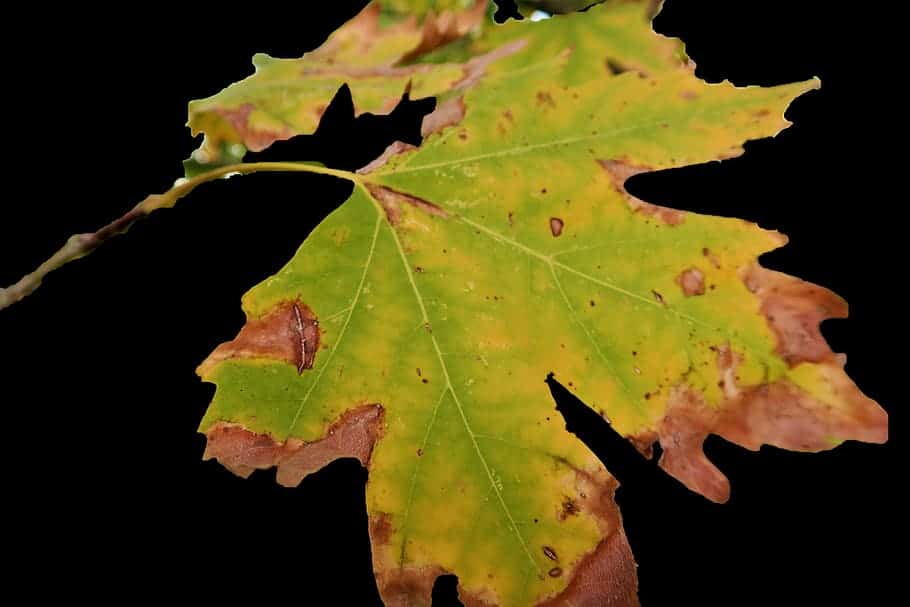 Verticillium or Verticillium wilt is a common soil fungus that thrives in temperate climates around the world and can be present in the soil for decades.
Verticillium or Verticillium wilt is a common soil fungus that thrives in temperate climates around the world and can be present in the soil for decades.
Verticillium wilt overwinters in the soil as dormant mycelium or tiny dormant black structures called microsclerotia, waiting for favorable conditions to return.
They enter damaged plant tissue through the roots and multiply. Many common weeds, such as dandelions and weeds, can be Verticillium host species.
Verticillium wilt is a disease that affects more than 350 species of eudicolous plants. It is caused by six species of Verticillium fungi: Verticillium dahliae, Verticillium albo-atrum, Verticillium longisporum, Verticillium nubilum, Verticillium theobromae, and Verticillium tricorpus.
Many plants with significant economic weight are susceptible, such as cotton, tomatoes, potatoes, oilseed rape, aubergines, peppers, and ornamental plants, as well as others in natural vegetation communities.
Many species and cultivars of eudicots are resistant to the disease, and all monocots, gymnosperms, and ferns are immune. To know more: Verticillium wilt in the Orchard: What is it? How do we identify it?
linden species
- Tilia americana L.
- Tilia amurensis.
- Tilia caroliniana.
- Tilia chinensis.
- Tilia chingiana.
- Tilia cordata Mill.
- Tilia dasystyla Steven.
- Tilia henryana Szyszyl.
- Tilia hupehensis.
- Tilia insularis.
- Tilia untonsa.
- Tilia japonica.
- Tilia Johnsoni.
- Tilia kiusiana.
- Tilia mandshurica.
- Tilia maximowicziana.
- Tilia miqueliana.
- Tilia mongolica Maxim.
- Tilia nasczokinii.
- Tilia nobilis.
- Tilia oliveri.
- Tilia platyphyllos Scop.
- Tilia rubra.
- Tilia tomentosa Moench.
History and curiosities about the linden
In Europe, some lime trees have reached considerable ages.
A copse of lime trees at Westonbirt Arboretum in Gloucestershire is estimated to be 2,000 years old.
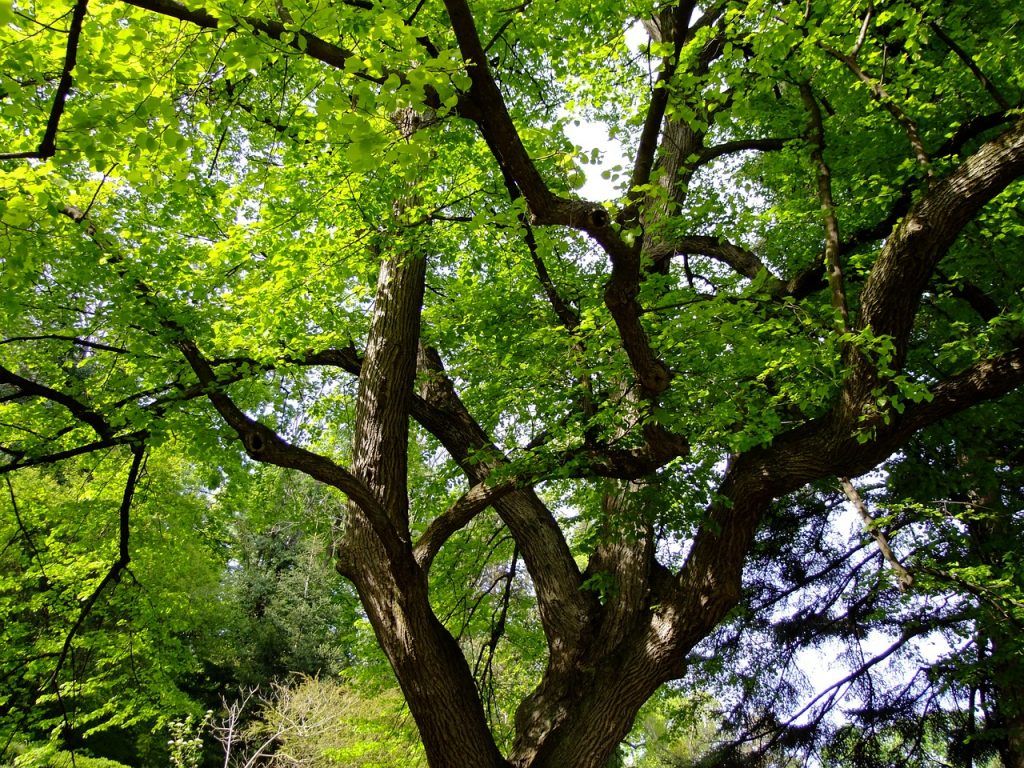
In the courtyard of the Imperial Castle in Nuremberg there is a Tilia which, according to tradition told in 1900, was planted by Empress Cunigunde, wife of Henry II of Germany around the year 1000.
The Tilia from Neuenstadt am Kocher, in Baden-Württemberg, Germany, was estimated to be 1,000 years old when it fell.
The Alte Linde tree from Naters (Switzerland) is mentioned in a document from 1357 and is described by the editor of the time as ya magnam (big). A plaque at the foot of it mentions that in 1155 there was already a lime tree on this spot. The Najevnik linden (Slovene: Najevska lipa), a 700-year-old linden, is the thickest tree in Slovenia.
The excellence of the honey from the famous Montes Hiblaos was due to the lime trees that covered its slopes and crowned its top.
Fossils of lime have been found in the Tertiary formations of Grinnell Land (Canada), at 82° north latitude, and in Svalbard (Norway). Sapporta believed to have found there the common ancestor of the Tilia species of Europe and America.
How long does the linden live?
The linden is a species with a long life that reaches up to 900 years.
How long does it take to grow linden?
The lime tree grows slowly, taking its time to develop each part of its structure.
In general, it will become an adult specimen between the ages of 20 and 40.
How long does it take to produce fruit?
After 6 years of life, the linden will already be able to start producing. Sometimes it takes up to 9 years to reach that point.
Can it be grown in a pot?
It is possible to work it in a pot, controlling its growth, which, without a doubt, will also affect its productive capacity.
However, he does not suffer from being in those conditions.
How many times does the linden produce fruit?
Depending on the space in which it is planted, the linden is capable of emitting between one and two annual productions.
Should linden be pollinated to obtain fruit?
Yes, pollination in the lime tree is key and it occurs thanks to the presence of pollinating insects.
How cold can linden tolerate?
It is resistant to mild cold. It is best that temperatures do not drop below -8° C.
How many lime trees can be planted per hectare?
The structure of the linden trees allow a planting average of 400 specimens to be established.
What kind of fertilizer does linden need?
If a linden tree is planted in fertile ground, fertilization is not necessary.
In case the soil does not have enough nutrients, it is worth applying an NPK fertilizer.
How much heat and/or drought can linden tolerate?
It likes cool summers where the maximum temperature is set at 30°C to avoid inconvenience.
It is moderately resistant to drought, which implies that it is better to establish an appropriate irrigation rhythm.


![Photo of Wax Flower Care: [Soil, Humidity and Pruning]](https://www.complete-gardening.com/wp-content/uploads/2022/08/wax-flower-care-soil-humidity-and-pruning-390x220.jpg)

![Photo of Platycodon: [Care, Planting, Irrigation, Substrate and Pests]](https://www.complete-gardening.com/wp-content/uploads/2022/08/platycodon-care-planting-irrigation-substrate-and-pests-390x220.jpg)